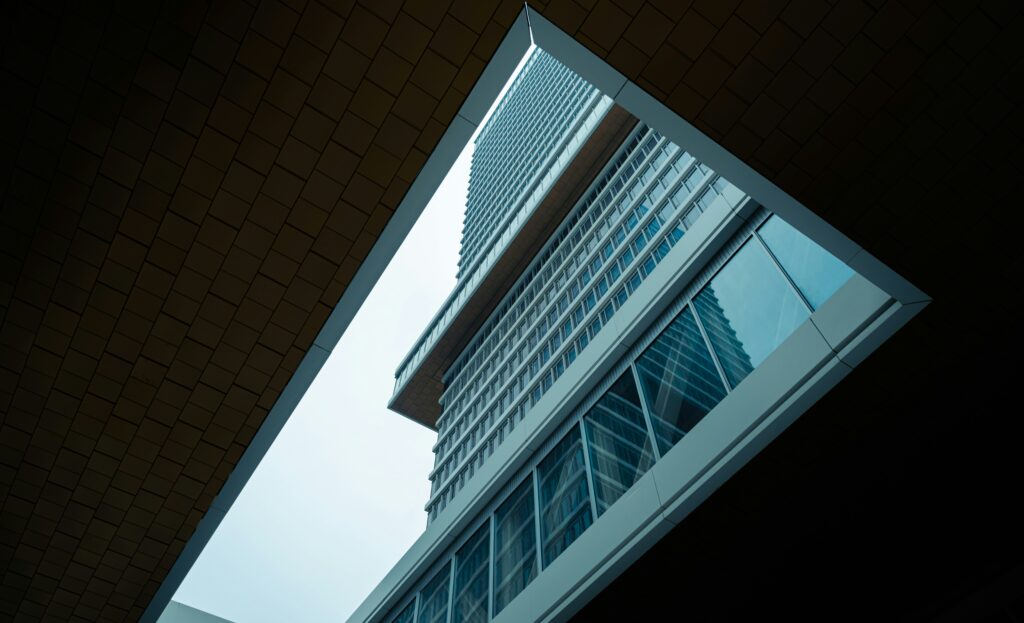Founders love to glorify time. “I work 14-hour days.” “No vacations for three years.” “Sleep is for closers.” And yet, half of them show up to Monday morning meetings looking like they’ve been emotionally mugged by their own Slack channels.
The problem isn’t time. It’s energy. And most founders are terrible at managing it.
Because time is egalitarian – everyone has the same 24 hours. But energy? That’s biological. Psychological. Personal. It fluctuates by hour, mood, diet, sleep, sunlight, and whether your morning coffee actually hit. If you don’t design your business to match your energy patterns, your calendar becomes a graveyard for good intentions. A weekly to-do list filled with beautifully color-coded blocks of stuff you’ll never do well-or at all.
“Don’t count the days, make the days count.”
– Muhammad Ali
(A man who understood pacing, even while punching.)
The Tyranny of the Clock
Startup culture tells you to block, optimize, and calendarize like you’re assembling IKEA furniture. Time-blocking apps. Productivity hacks. “Crush the day before the day crushes you.” But what if your 9am strategy session lands smack in your mental dead zone? What if your best ideas show up uninvited while you’re washing dishes or walking the dog at 3pm?
We’re not robots. Not yet, anyway. So why do we build schedules like assembly lines?
The modern calendar is built for predictability, not creativity. It assumes that all hours are interchangeable. That your 11am energy is the same as your 4pm focus. That strategy, emails, budgeting, and brainstorming all deserve the same mental bandwidth. This is a lie. And it’s one that leads to burnout disguised as productivity.
Time vs. Energy – Why You’re Not Actually “Busy”
| Symptom | Looks Like a Time Problem | Actually an Energy Problem |
| Procrastination | “Not enough hours” | Task doesn’t match current energy state |
| Burnout | “Working too long” | No recovery time; too many context switches |
| Decision fatigue | “Too many meetings” | No protected space for clear thinking |
| Creativity slump | “Writer’s block” | Trying to create while mentally fried |
| Mood swings | “Stress from work” | High-energy windows hijacked by low-impact work |

How to Design for Energy, Not Just Hours
1. Track your peaks.
One week. That’s it. Log when you feel mentally sharp, creatively energized, or focused without effort. These are your prime zones. Guard them like cash flow. No meetings. No inbox-clearing. Definitely no slide decks.
2. Match the task to the zone.
Put strategy in your peak zone. Admin in your lull. Reserve routine work for when you’re mentally cruising, not climbing. Reversing this-doing deep work while half-baked-only leads to mediocrity and migraines.
3. Lead like a coach, not a timekeeper.
Every founder wants a high-output team. But high output doesn’t mean high hours. Some people are sprinters. Some are marathoners. Learn their rhythms. Let your design lead your deadlines, not vice versa.
4. Kill the cult of exhaustion.
Overwork isn’t noble. It’s negligent. Especially for leaders. When you show up drained, your team catches it like the flu. Tired thinking leads to tired products, tired decisions, and tired culture.
5. Stop cosplaying productivity.
If you put “deep work” on your calendar every afternoon at 4pm but always end up doomscrolling, you’re not scheduling-you’re roleplaying a version of yourself who doesn’t exist.
FAQ
Q: But isn’t consistency more important than mood?
A: Discipline matters. But discipline aligned with your natural rhythms becomes sustainable. Otherwise, it’s caffeine-powered guilt masked as ambition.
Q: I have investors breathing down my neck. I can’t optimize for energy.
A: Then you really can’t afford to waste your best hours on low-leverage work. Reclaim those peak windows before someone else books them.
Q: What about team coordination? People still need to collaborate.
A: Absolutely. But energy-aware scheduling doesn’t mean chaos. It means intentionally aligning deep work, collaboration, and rest instead of cramming them all into a single blurred block called “Tuesday.”
An Open Question
If someone rebuilt your company based only on when you and your team felt most alive, what would change?
Would you keep the same roles, the same hours, the same OKRs?
Or would the entire org chart start to bend toward a rhythm that actually produces results and sanity?
Final Word: Energy Is a Founder’s Hidden Asset
Energy is your most misunderstood resource. Not because it’s scarce-but because it’s misused. You don’t need more hours. You need better alignment between what you do and when you do it. Design your business like it’s you who has to run it. Because it is.
And if you’re always running on empty, maybe the business isn’t broken. Maybe the schedule is.